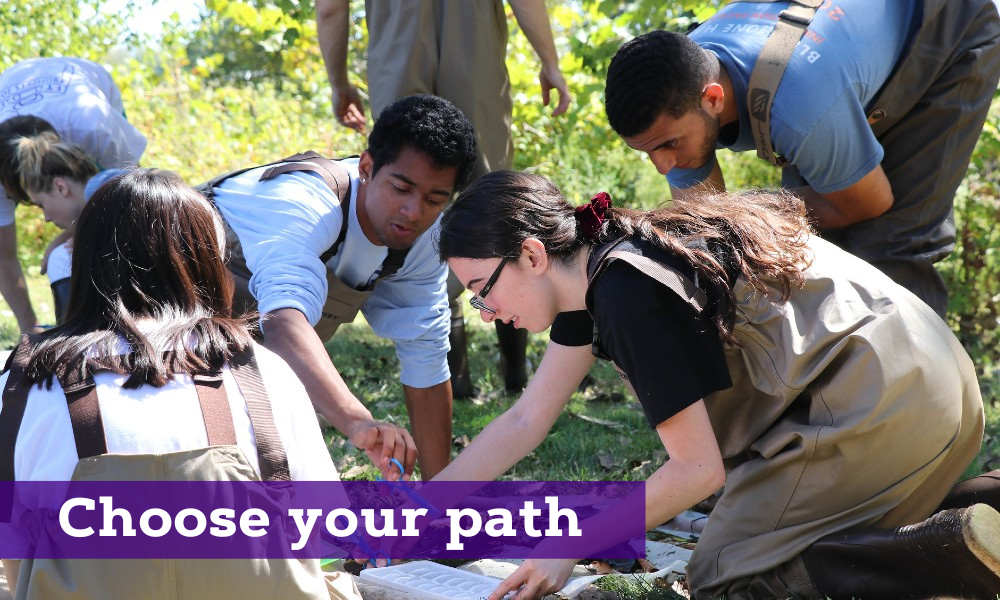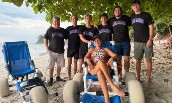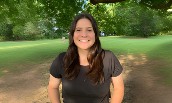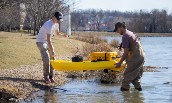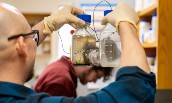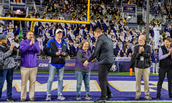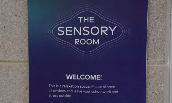Modern Problems | Innovative Solutions
Integrated Science and Technology (ISAT) combines multiple scientific areas into an exciting hands-on, integrated program designed just for you. Students learn by working directly with technology and applying it to solve real-world problems.
Unlike traditional science or technology programs, ISAT offers a unique approach. Here, you won't focus on one area; instead, you'll gain a broad foundation in all the basic sciences while acquiring skills in technology, computers, and creative problem-solving.


